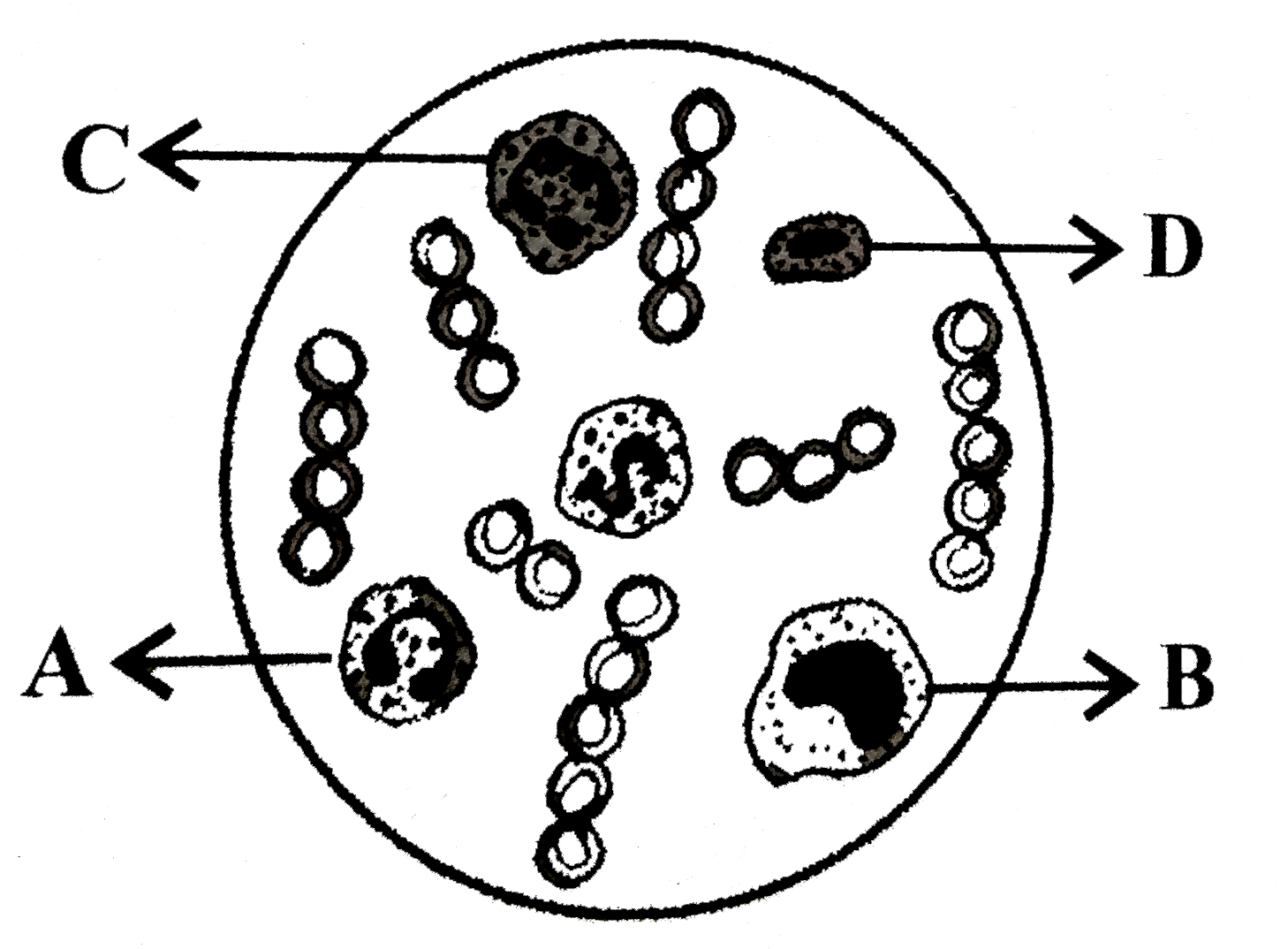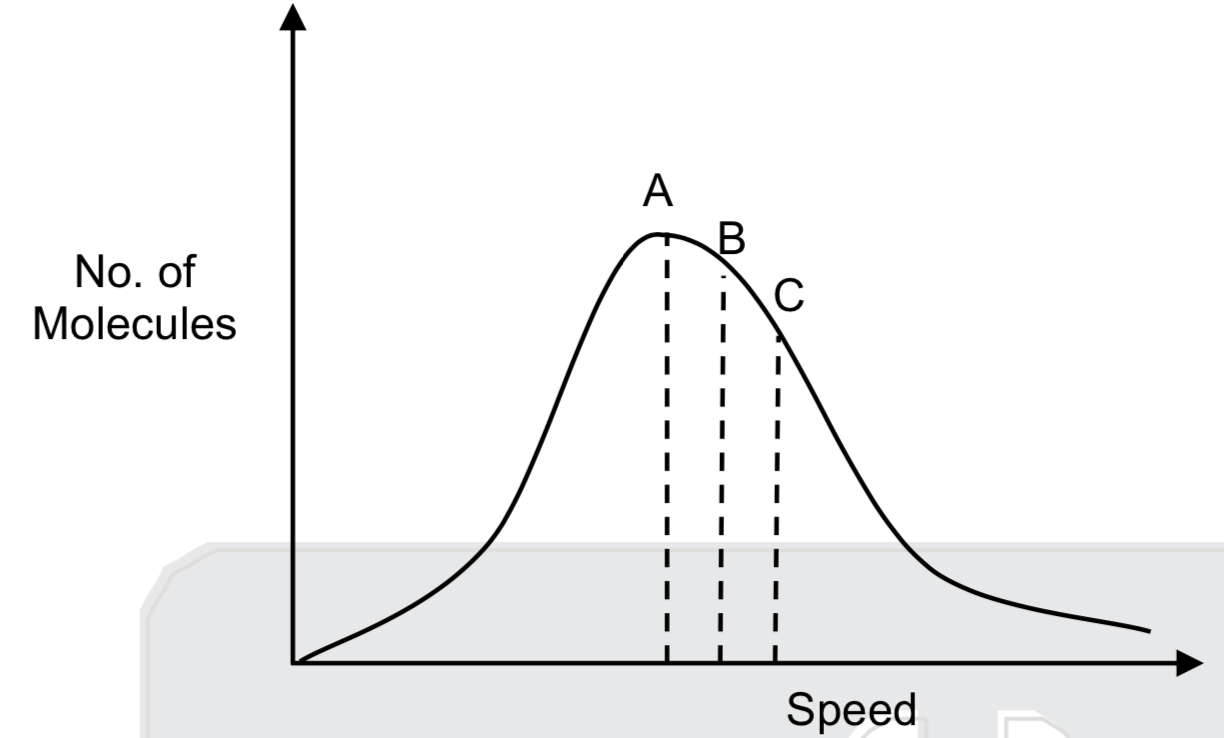Select the correct option regarding the ploidy level of different structures of an angiospermous ovule.
NucellusMMCFunctional megasporen2n2n
NucellusMMCFunctional megaspore2nnn
NucellusMMCFunctional megaspore2n2nn
NucellusMMCFunctional megasporen2nn
The correct Answer is:C
To determine the correct option regarding the ploidy level of different structures of an angiospermous ovule, we need to analyze the various components of the ovule and their respective ploidy levels. Here’s a step-by-step solution:
Step 1: Understand the Structures of the Ovule
The ovule consists of several key structures, including the nucellus, megasporangium (which contains the megasporangial mother cell), and the embryo sac.
Step 2: Identify the Ploidy Levels
1. Nucellus: The nucellus is the tissue surrounding the embryo sac. It is made up of parenchyma cells, which are diploid (2n).
2. Megasporangium (Megaspore Mother Cell): This cell is also diploid (2n). It undergoes meiosis to produce megaspores.
3. Megaspores: The megasporangium undergoes meiosis to produce four megaspores, but typically only one of these megaspores is functional, while the others are non-functional. The functional megaspore is haploid (n).
Step 3: Summarize the Ploidy Levels
- Nucellus: Diploid (2n)
- Megaspore Mother Cell: Diploid (2n)
- Functional Megaspore: Haploid (n)
Step 4: Select the Correct Option
Based on the analysis, the correct option regarding the ploidy levels of the structures in an angiospermous ovule is:
- Nucellus: Diploid (2n)
- Megasporangium (Megaspore Mother Cell): Diploid (2n)
- Functional Megaspore: Haploid (n)
Thus, the correct option is that the nucellus is diploid, the megasporangium is diploid, and the functional megaspore is haploid.
The ovule consists of several key structures, including the nucellus, megasporangium (which contains the megasporangial mother cell), and the embryo sac.
1. Nucellus: The nucellus is the tissue surrounding the embryo sac. It is made up of parenchyma cells, which are diploid (2n).
2. Megasporangium (Megaspore Mother Cell): This cell is also diploid (2n). It undergoes meiosis to produce megaspores.
- Nucellus: Diploid (2n)
- Megaspore Mother Cell: Diploid (2n)
- Functional Megaspore: Haploid (n)
Based on the analysis, the correct option regarding the ploidy levels of the structures in an angiospermous ovule is:
- Nucellus: Diploid (2n)
- Megasporangium (Megaspore Mother Cell): Diploid (2n)
- Functional Megaspore: Haploid (n)
Topper's Solved these Questions
- BOOK - NCERT FINGERTPS ENGLISHCHAPTER - SEXUAL REPRODUCTION IN FLOWERING PLANTSEXERCISE - HOTS5videos
SEXUAL REPRODUCTION IN FLOWERING PLANTS
- BOOK - NCERT FINGERTPS ENGLISHCHAPTER - SEXUAL REPRODUCTION IN FLOWERING PLANTSEXERCISE - NCERT20videos
SEXUAL REPRODUCTION IN FLOWERING PLANTS
- BOOK - NCERT FINGERTPS ENGLISHCHAPTER - REPRODUCTIVE HEALTHEXERCISE - Reproductive Health133videos
REPRODUCTIVE HEALTH
- BOOK - NCERT FINGERTPS ENGLISHCHAPTER - STRATEGIES FOR ENHANCEMENT IN FOOD PRODUCTIONEXERCISE - Strategies For Enhancement In Food Production151videos
STRATEGIES FOR ENHANCEMENT IN FOOD PRODUCTION
Similar Questions
Knowledge Check
- Question 1 - Select One
Select the correct option regarding the given figure
 AD is eosinophil which is found more in asthama patientsBB is lymphocyte which helps in blood clottingCC is neutrophil which is phagocytic in natureDA is monocyte which release histamine, serotonin and heparin
AD is eosinophil which is found more in asthama patientsBB is lymphocyte which helps in blood clottingCC is neutrophil which is phagocytic in natureDA is monocyte which release histamine, serotonin and heparin - Question 2 - Select One
Select the correct option regarding the properties of dioxygen?
A1. Dioxygen never reacts with metals.B2. Dioxygen is diamagnetic in nature.C3. Combination of dioxygen with other elements is highly exothermic process.D4. Dioxygen liquefies at 55 K and freezes at 90 K. - Question 3 - Select One
Select the incorrect option regarding the given figure
 AD is parietal lobe which registers sensory perceptionsBA is occipital lobe which decodes and interprets visual informationCB is temporal lobe which is associated with memory and emotionDC is cerebellum which controls muscular activities
AD is parietal lobe which registers sensory perceptionsBA is occipital lobe which decodes and interprets visual informationCB is temporal lobe which is associated with memory and emotionDC is cerebellum which controls muscular activities
Select the correct option regarding a, b and c
 View Solution
View SolutionChoose the correct option regarding the product .
 View Solution
View SolutionSelect the correct option regarding genetic code of Glycine
View SolutionSelect the correct option regarding contraceptive method :
 View Solution
View SolutionSelect the correct statement regarding oxides
View Solution


 :
: